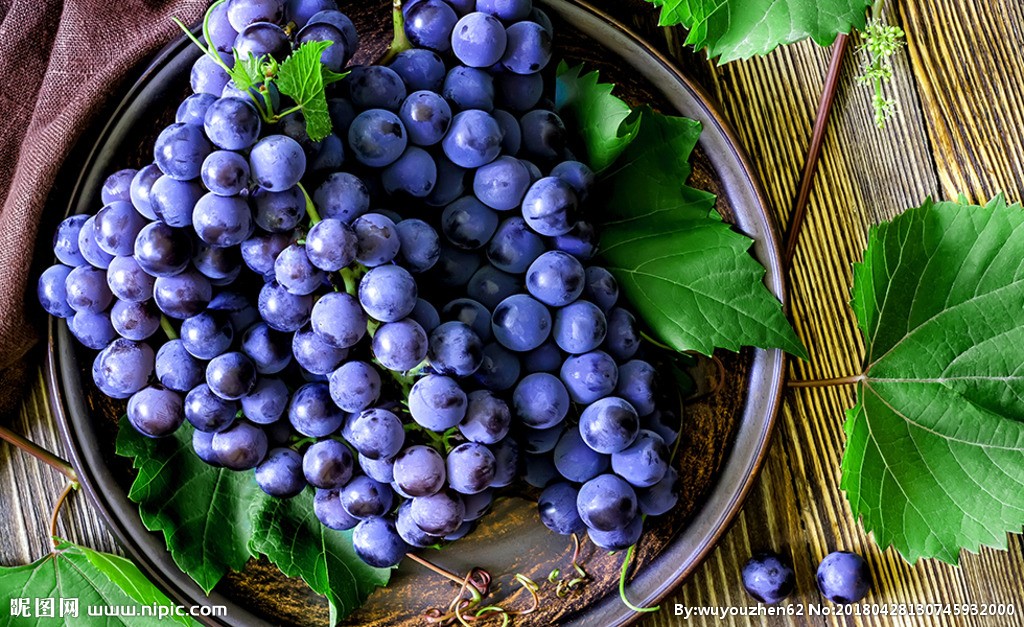
News briefing:

News briefing:
Grape powdery mildew mainly damages leaves, branches and fruits, and young tissues are the most sensitive. Irregular yellow or chlorosis small patches of different sizes appear on the front of the leaves during the grape leaf development stage, and the whole leaves are burnt in severe cases; irregular grayish white pink spots appear on the surface of the new shoots, fruit stalks and cobs at the early stage, and brown spots at the later stage. The cob and fruit stalk become brittle; the young fruit first appears brown-green patches, the surface of the fruit has a star-shaped pattern, and a layer of white powder is covered on the fruit. The diseased fruit stops growing, sometimes deformed, and the diseased area cracks and rots.
Pathogens live through the winter with mycelium in the injured tissue or between bud scales. Conidia are produced in the second year when conditions are suitable, and the conidia are spread by air currents. The optimum temperature for germination of conidia is 25-28 degrees Celsius. Generally, the disease begins in mid-to-late June, and it gradually enters the peak period in mid-July. Grapes are planted too densely, with too many branches and leaves, and poor ventilation is conducive to disease.
? Control measures for grape powdery mildew. The first step is to clean the vineyard. Secondly, spray 40 to 50 times of Baume 3 to 4 degree lime sulfur mixture or 45% crystal lime sulfur mixture before the grape buds swell and not germinate to kill the overwintering pathogens. Then, starting from June, spray Bordeaux mixture once every 15 days, and spray it continuously for 2 to 3 times for prevention. Once the disease occurs, spray 8000 times of 40% Xinxing emulsion or 1000 times of 70% thiophanate-methyl superfine wettable powder or 1000 times of 60% Fangfangbao wettable powder to achieve good control effect.
Date of opening:1970-01-01 Shop address: Main products: Store certification time:1970-01-01 08:00:00
Store Name: Principal: Contact number: email: